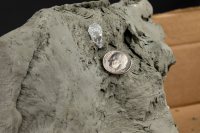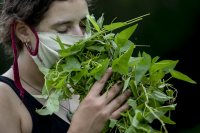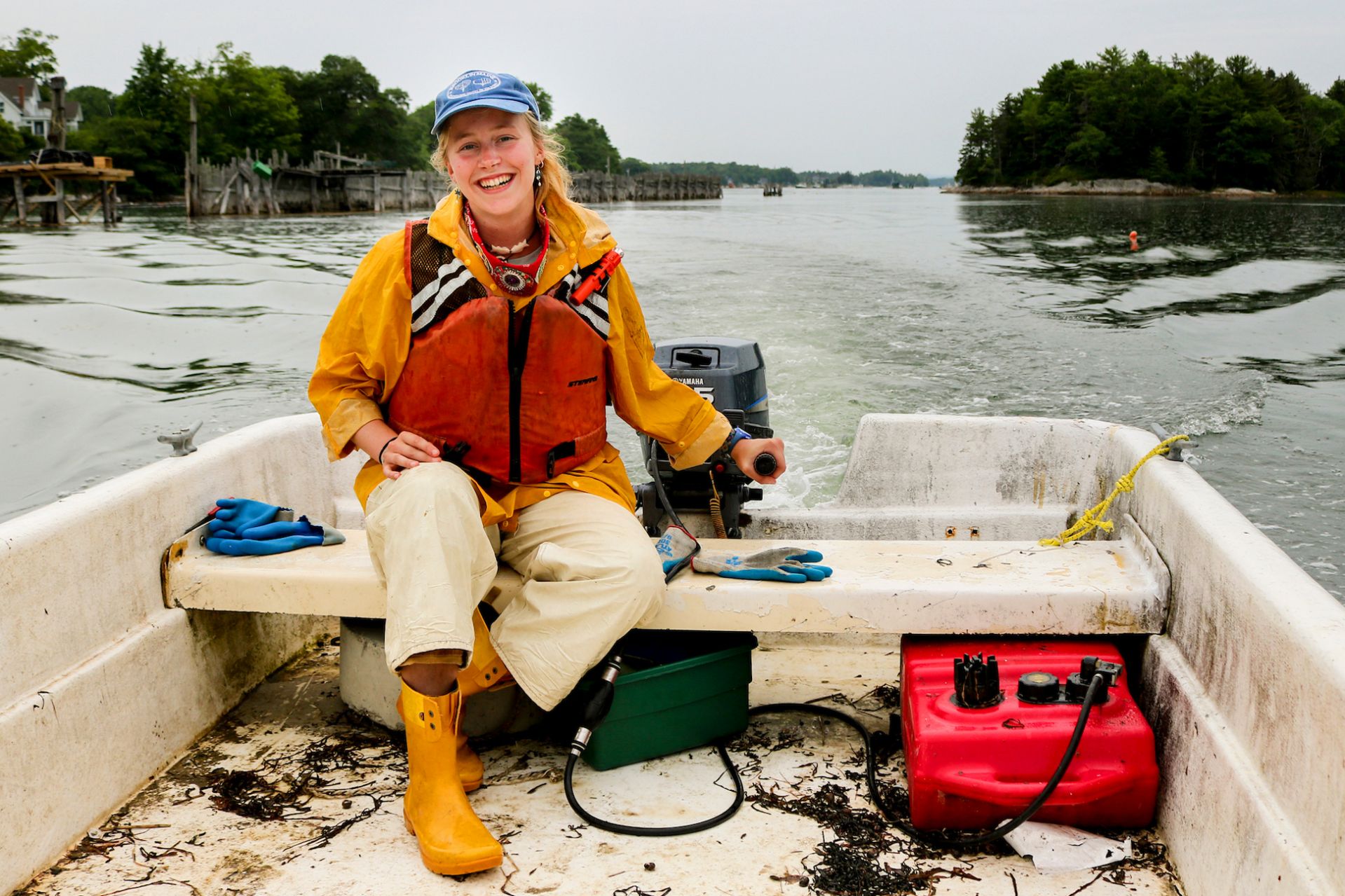
Maine student discovers low-tech way to purify arsenic-contaminated water
Katherine Heggeman, a Bates College senior from Standish, has discovered a method for purifying arsenic-contaminated groundwater. Heggeman, a geology major at Bates, will present research related to her senior honors thesis at the 35th annual meeting of the Northeastern Section of the Geological Society of America, March 13-15, in New Brunswick, N.J.
Heggeman made her discovery in the context of senior thesis work she conducted in Zimapan, Mexico. Because it has been the site of significant mining since the late 1500s, Zimapan has groundwater concentrations of arsenic that exceed both U.S. and World Health Organization standards. Through mining-related excavation, high quantities of arsenic-rich minerals have been brought to the earth’s surface, and arsenic-rich ore-processed waste remains piled around the city of approximately 40,000 inhabitants.
Epidemiological studies conducted in 1988 and 1990 on populations in Taiwan exposed to high levels of arsenic in drinking water show a higher than expected incidence of cancers of the liver, kidney, lung and bladder, in addition to skin cancer.
Recently, about 15,000 citizens of Zimapan have been able to draw drinking water from a new municipal arsenic treatment facility, but others have no choice but to drink water with arsenic levels as high as one milligram per liter, more than 10 times the limit established by the U.S. Environmental Protection Agency.
Heggeman, working with Lois Ongley, assistant professor of geology at Bates, found that the Cretaceous clay limestone in the rock formation around Zimapan can be used in a low-tech filtering system to decrease arsenic levels in water. Heggeman found that when approximately 20 liters of the arsenic-contaminated water was introduced to two kilograms of the crushed rock in a vat and agitated periodically over 12 hours, arsenic levels decreased to a level safe for drinking. Heggeman found that the arsenic was absorbed by the clay, which can be strained out of the water by simply pouring the clay-water slurry through a coffee filter.
The low-tech method of filtration could be used by citizens of Zimapan to decrease levels of the carcinogenic substance in their drinking water.
Heggeman, a 1996 graduate of Bonny Eagle High School, is the daughter of Paul and Janet Heggeman.




